Casio Exilim EX-ZR320 Manual
Læs gratis den danske manual til Casio Exilim EX-ZR320 (197 sider) i kategorien Ikke kategoriseret. Denne vejledning er vurderet som hjælpsom af 14 personer og har en gennemsnitlig bedømmelse på 4.5 stjerner ud af 7.5 anmeldelser.
Har du et spørgsmål om Casio Exilim EX-ZR320, eller vil du spørge andre brugere om produktet?

Produkt Specifikationer
| Mærke: | Casio |
| Kategori: | Ikke kategoriseret |
| Model: | Exilim EX-ZR320 |
Har du brug for hjælp?
Hvis du har brug for hjælp til Casio Exilim EX-ZR320 stil et spørgsmål nedenfor, og andre brugere vil svare dig
Ikke kategoriseret Casio Manualer
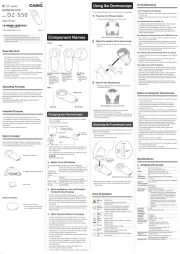
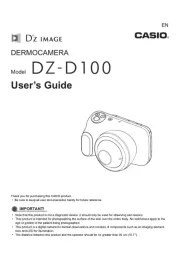

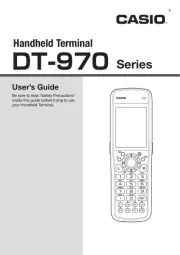
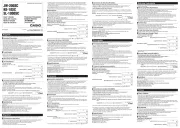
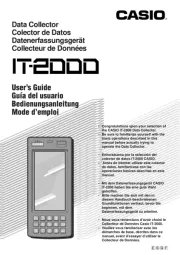
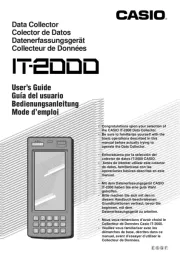



Ikke kategoriseret Manualer
- Hammond
- Vent-Axia
- Thermex
- Megasat
- Pigtronix
- Novy
- Rolly Toys
- Harvia
- Bolin Technology
- Maglite
- Western Co.
- Ultron
- Nilan
- Lanberg
- AEG
Nyeste Ikke kategoriseret Manualer









